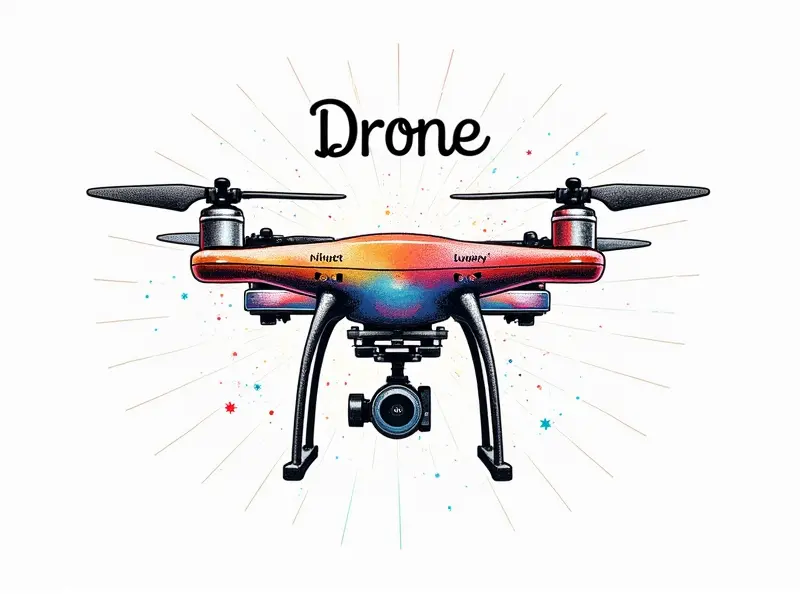Can I fly FPV drones at night?

Can You Fly FPV Drones at Night Legally?
Flying FPV (First Person View) drones at night is a topic of significant interest among drone enthusiasts. However, the legality of nighttime operations varies widely depending on your location and local regulations. In many countries, such as the United States under the Federal Aviation Administration (FAA), flying drones after sunset requires specific permissions or waivers due to safety concerns and visibility issues.
Is Night Flying Safe for FPV Drones?
Night flying with FPV drones presents unique challenges that can affect both the drone's performance and the pilot’s ability to navigate safely. Reduced visibility, increased risk of collisions with obstacles or other aircraft, and potential legal repercussions are just a few factors to consider.
Best Practices for Night FPV Drives
- Use High-Quality Lighting: Equip your drone with powerful LED lights that can be seen from the ground and in the air. This helps maintain visibility during low-light conditions.
- Choose a Suitable Location: Opt for open areas away from populated zones, ensuring you have clear airspace without obstructions like trees or buildings.
- Test Your Gear Beforehand: Ensure all your equipment is functioning correctly before attempting to fly at night. This includes checking battery levels and camera settings.
Nighttime FPV Drone Flying Tips
- Plan Your Flight Path: Map out a clear route for your drone’s flight path, taking into account any potential hazards or obstacles that could impede safe navigation.
- Wear Reflective Clothing: If you are operating in areas where others might be present, wear reflective clothing to increase visibility and reduce the risk of accidents.
- Stay Within Line-of-Sight: Even with FPV technology, maintaining visual contact with your drone is crucial for safety. Avoid flying beyond what you can see clearly.
Regulations for Night FPV Drone Operations
The FAA requires operators to obtain a waiver from the Part 107 rules if they wish to fly drones at night without an exemption. This process involves submitting detailed flight plans and demonstrating compliance with safety standards set forth by aviation authorities.
Challenges of Night FPV Drone Operations
- Navigational Difficulties: Reduced visibility makes it harder to navigate accurately, increasing the risk of collisions or loss of control.
- Battery Life Concerns: Drones consume more power in colder temperatures and during low-light conditions, which can shorten flight times significantly.
- Noise Pollution: Operating drones at night may disturb wildlife or residential areas, leading to complaints or legal issues.
How to Navigate Night FPV Regulations
To comply with regulations and fly safely at night, it’s essential to familiarize yourself with local laws and obtain any necessary permits. Engaging with community groups and forums can also provide valuable insights into best practices for nighttime operations.
Advantages of Flying FPV Drones at Night
Flying FPV drones at night offers unique advantages such as reduced interference from other aircraft, enhanced privacy, and the opportunity to capture stunning aerial footage in low-light conditions. These benefits make it an attractive option for photographers and videographers looking to create visually striking content.
Secrets to Successful Night FPV Drone Flights
- Invest in Quality Equipment: High-quality cameras, powerful batteries, and reliable flight controllers are essential for successful nighttime flights.
- Practice During the Day: Gain experience flying your drone during daylight hours to build confidence and refine your skills before attempting night operations.
- Stay Informed About Regulations: Regularly check updates from aviation authorities regarding changes in regulations that might affect nighttime flying.
The Risks of Night FPV Drone Flying
Risks associated with nighttime drone flights include increased likelihood of accidents due to poor visibility, potential legal issues arising from unauthorized operations, and damage to property or injury to people if the drone malfunctions.
How to Stay Safe Flying FPV Drones at Night
- Use Backup Systems: Implement redundancy measures like backup batteries and GPS systems to ensure your drone remains operational in case of primary system failures.
- Communicate with Local Authorities: Inform local police or air traffic control about your planned flight operations to avoid any misunderstandings or conflicts.
- Follow Safety Protocols: Adhere strictly to established safety guidelines and best practices for nighttime flying, including maintaining a safe distance from populated areas.
Conclusion
Flying FPV drones at night can be an exhilarating experience but requires careful planning, adherence to regulations, and strict attention to safety protocols. By understanding the legal requirements, preparing adequately, and following best practices, you can enjoy the unique benefits of nighttime drone operations while minimizing risks.

